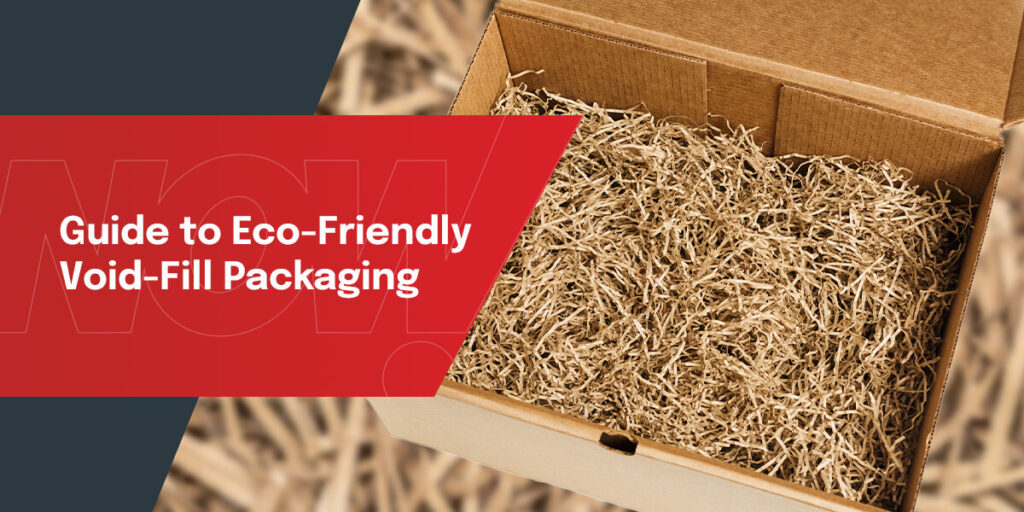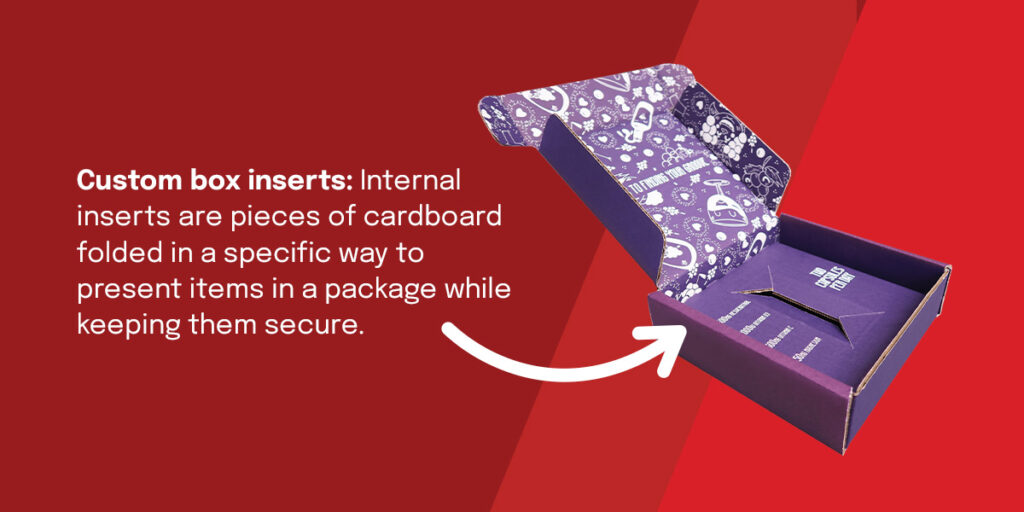
Product manufacturers and sellers frequently struggle with empty spaces or uneven surfaces inside boxes. These packaging issues can cause items inside to move around, leading to potential damage. Companies use void-fill materials to eliminate gaps and provide cushioning and support.
The exponential growth of e-commerce and online shopping has created a high demand for efficient and secure packaging solutions. At the same time, sustainable packaging has become a prominent concern for consumers and businesses. Read our guide to eco-friendly void-fill packaging to learn about the solutions available for your brand.
Void-fill packaging, or loose-fill packaging, refers to the materials used to occupy empty spaces or gaps in a container to protect its contents during transportation or shipping. Putting filler between the contents and the box creates a buffer that reduces the risk of breakage, shifting and colliding, ensuring the items remain intact during transportation.
The problem with traditional packaging protection like foam peanuts and plastic air pillows is that these non-biodegradable materials contribute to climate change. Almost 70% of plastic packaging waste generated in the U.S. ends up in landfills.
There are various ways to make packaging more sustainable — using eco-friendly packaging filler reduces waste and minimizes the environmental impact of the e-commerce life cycle. If you do your research, you can ensure your protective materials are recyclable or biodegradable. Even brands that prioritize packaging’s visual appeal can use sustainable, natural or recycled fillers for an aesthetic addition.
Packaging filler can serve the following purposes for shipped items.
If you feel uncomfortable flipping a full box upside down or worry about jostling a package around, chances are you need to use packaging filler. Though safeguarding fragile items is the primary reason to use void-fill packaging, many other situations also call for this solution.
Now that you know when to use packaging filler, what type is right for your items? Below is a list of eco-friendly packaging filler examples to help you find something that may work for your products and brand.

There is no single best eco-friendly packaging filler material. Factors in choosing sustainable void filler include:
You can also order custom-sized boxes to go the extra mile as an environmentally aware brand. For example, small corrugated cardboard boxes are less likely to need filler, reducing excess packaging material.
Choose sustainable packaging materials that require fewer resources and have less environmental impact to boost your brand’s reputation among eco-conscious customers. We create custom boxes in various styles. Use our box configuration tool and provide some information about your packaging needs.
See a few examples of what we can do for you, or contact us with your packaging questions today.